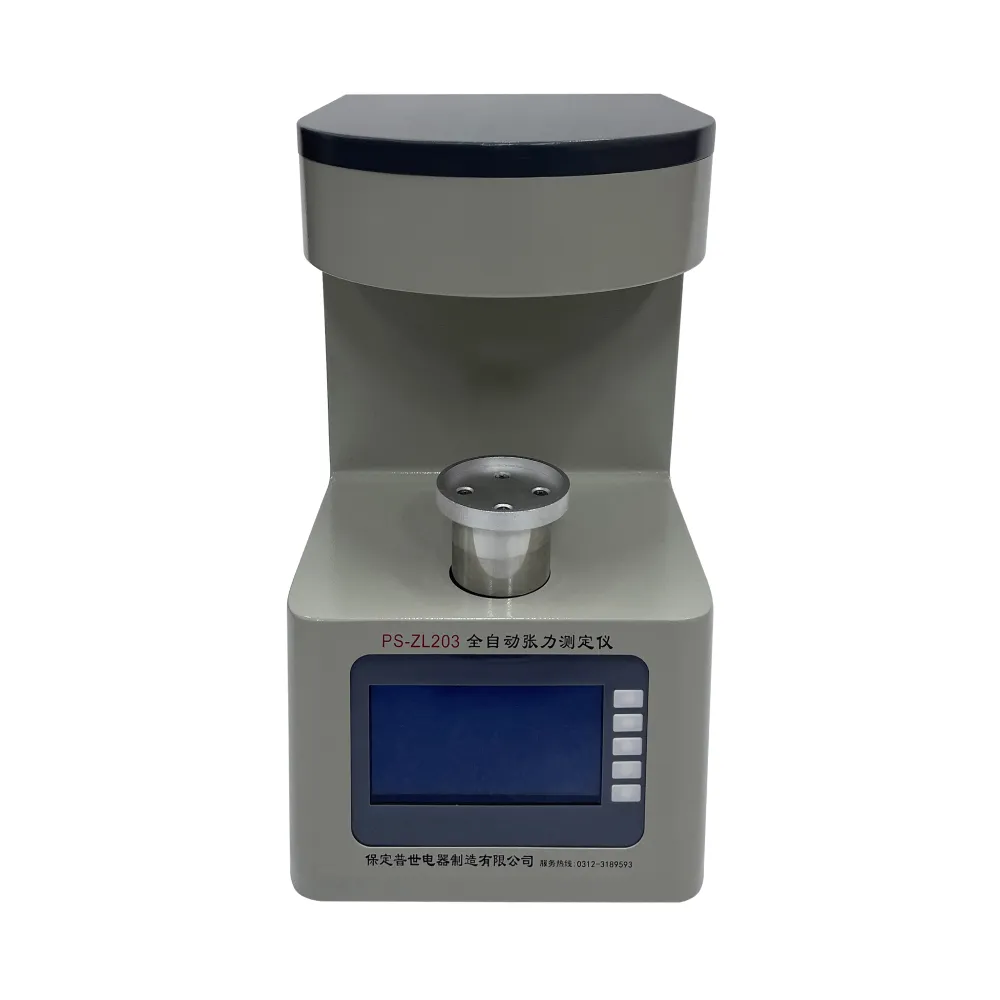 English
English



-
 Afrikaans
Afrikaans -
 Albanian
Albanian -
 Amharic
Amharic -
 Arabic
Arabic -
 Armenian
Armenian -
 Azerbaijani
Azerbaijani -
 Basque
Basque -
 Belarusian
Belarusian -
 Bengali
Bengali -
 Bosnian
Bosnian -
 Bulgarian
Bulgarian -
 Catalan
Catalan -
 Cebuano
Cebuano -
 China
China -
 China (Taiwan)
China (Taiwan) -
 Corsican
Corsican -
 Croatian
Croatian -
 Czech
Czech -
 Danish
Danish -
 Dutch
Dutch -
 English
English -
 Esperanto
Esperanto -
 Estonian
Estonian -
 Finnish
Finnish -
 French
French -
 Frisian
Frisian -
 Galician
Galician -
 Georgian
Georgian -
 German
German -
 Greek
Greek -
 Gujarati
Gujarati -
 Haitian Creole
Haitian Creole -
 hausa
hausa -
 hawaiian
hawaiian -
 Hebrew
Hebrew -
 Hindi
Hindi -
 Miao
Miao -
 Hungarian
Hungarian -
 Icelandic
Icelandic -
 igbo
igbo -
 Indonesian
Indonesian -
 irish
irish -
 Italian
Italian -
 Japanese
Japanese -
 Javanese
Javanese -
 Kannada
Kannada -
 kazakh
kazakh -
 Khmer
Khmer -
 Rwandese
Rwandese -
 Korean
Korean -
 Kurdish
Kurdish -
 Kyrgyz
Kyrgyz -
 Lao
Lao -
 Latin
Latin -
 Latvian
Latvian -
 Lithuanian
Lithuanian -
 Luxembourgish
Luxembourgish -
 Macedonian
Macedonian -
 Malgashi
Malgashi -
 Malay
Malay -
 Malayalam
Malayalam -
 Maltese
Maltese -
 Maori
Maori -
 Marathi
Marathi -
 Mongolian
Mongolian -
 Myanmar
Myanmar -
 Nepali
Nepali -
 Norwegian
Norwegian -
 Norwegian
Norwegian -
 Occitan
Occitan -
 Pashto
Pashto -
 Persian
Persian -
 Polish
Polish -
 Portuguese
Portuguese -
 Punjabi
Punjabi -
 Romanian
Romanian -
 Russian
Russian -
 Samoan
Samoan -
 Scottish Gaelic
Scottish Gaelic -
 Serbian
Serbian -
 Sesotho
Sesotho -
 Shona
Shona -
 Sindhi
Sindhi -
 Sinhala
Sinhala -
 Slovak
Slovak -
 Slovenian
Slovenian -
 Somali
Somali -
 Spanish
Spanish -
 Sundanese
Sundanese -
 Swahili
Swahili -
 Swedish
Swedish -
 Tagalog
Tagalog -
 Tajik
Tajik -
 Tamil
Tamil -
 Tatar
Tatar -
 Telugu
Telugu -
 Thai
Thai -
 Turkish
Turkish -
 Turkmen
Turkmen -
 Ukrainian
Ukrainian -
 Urdu
Urdu -
 Uighur
Uighur -
 Uzbek
Uzbek -
 Vietnamese
Vietnamese -
 Welsh
Welsh -
 Bantu
Bantu -
 Yiddish
Yiddish -
 Yoruba
Yoruba -
 Zulu
Zulu
transformer dehydration test
Transformer Dehydration Test Ensuring System Integrity and Longevity
The transformer dehydration test is a critical procedure in the maintenance and operation of electrical power transformers. It primarily assesses the moisture content within the transformer insulating oil, which is crucial for the effective functioning and longevity of the equipment. This test is essential for avoiding premature failures and ensuring reliability in the power distribution systems.
Transformers play a vital role in the electrical grid, facilitating the transmission and distribution of electricity from generation points to end-users. They rely on insulating oil not only to cool the system but also to insulate and protect the internal components from electrical discharges. However, over time, moisture can seep into the oil due to various factors, including environmental exposure, operating conditions, and the aging process of the transformer itself.
The presence of moisture in transformer oil creates several issues. It can lead to a decrease in the dielectric strength of the oil, increasing the likelihood of electrical faults and failures. Additionally, moisture accelerates the degradation of cellulose insulation materials, potentially resulting in catastrophic insulation breakdown. Therefore, regular dehydration testing is necessary to monitor moisture levels and maintain the operational integrity of transformers.
transformer dehydration test

The most commonly used method for conducting a dehydration test involves using a moisture analyzer or a Karl Fischer titrator, which measures the amount of water contained in the insulating oil. The procedure typically starts with collecting a sample of the transformer oil, which is then subjected to analysis under controlled conditions. This allows for precise measurements of moisture content, and the results can help in deciding the necessary remediation steps.
In cases where moisture levels are found to be excessively high, various remediation techniques can be employed. One common method is vacuum dehydration, where the transformer is subjected to a vacuum that lowers the boiling point of water, allowing moisture to evaporate more easily. Another method is using a dehydrating agent, such as silica gel, which absorbs moisture from the oil, thus restoring its insulating properties and overall effectiveness.
Additionally, organizations often implement routine maintenance schedules that include regular dehydration tests. By doing so, they can proactively manage the moisture levels in transformers and mitigate the risks associated with moisture-related failures. This not only extends the lifespan of the equipment but also enhances the reliability of the electrical grid—a critical aspect in today’s energy-dependent society.
In conclusion, the transformer dehydration test is an essential procedure that safeguards the operational reliability and longevity of electrical transformers. By regularly monitoring moisture content and implementing appropriate remediation techniques, power companies can ensure that their transformers remain in optimal condition, thus maintaining a stable and efficient power supply. Ultimately, a proactive approach to transformer maintenance will contribute significantly to the resilience of the electrical infrastructure.
-
Testing Equipment Industry Sees Major Advancements in 2025: Smart & Precision Technologies Lead the WayNewsJun.06,2025
-
Applications of Direct Current Generators in Renewable Energy SystemsNewsJun.05,2025
-
Hipot Tester Calibration and Accuracy GuidelinesNewsJun.05,2025
-
Digital Circuit Breaker Analyzer Features and BenefitsNewsJun.05,2025
-
Benefits of Real-Time Power Quality Monitoring Devices for Industrial EfficiencyNewsJun.05,2025
-
Earth Fault Loop Testing in High-Rise Building Electrical SystemsNewsJun.05,2025



